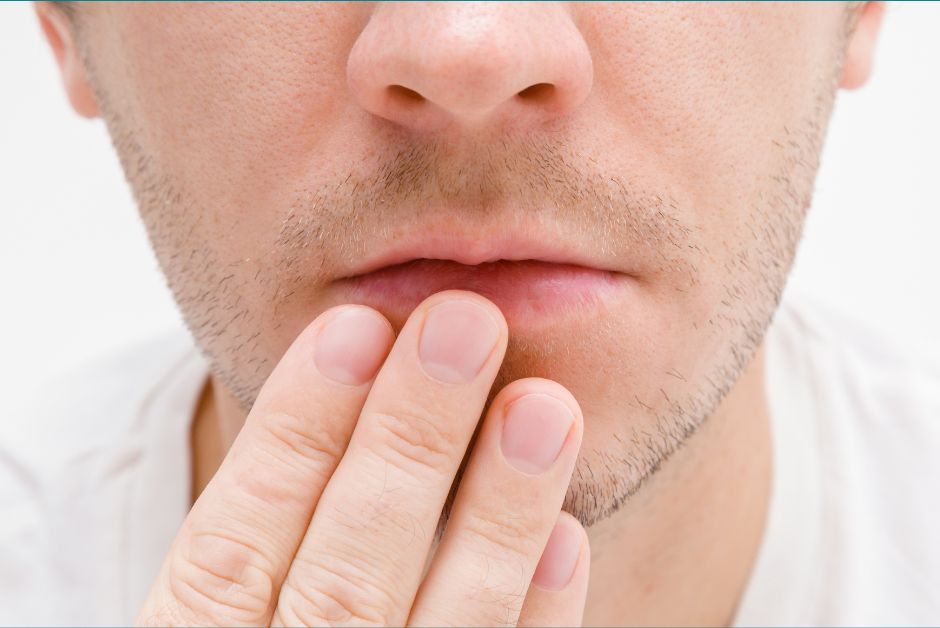
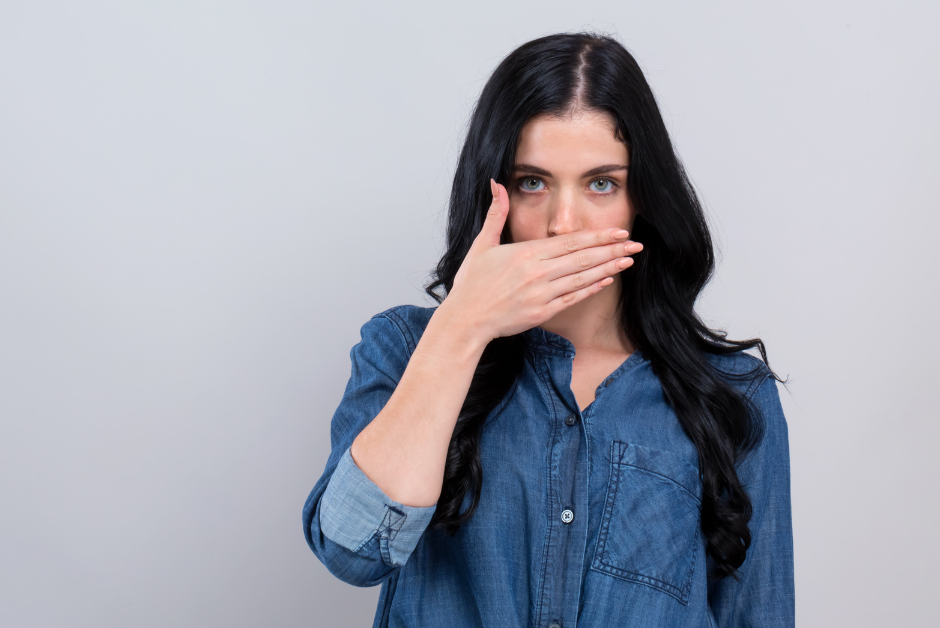
Angular cheilitis is a common inflammatory condition characterised by the presence of painful cracks, redness, and inflammation at the corners of the mouth.
This discomforting ailment often manifests as splits or fissures, making everyday activities such as eating, speaking, or even smiling painful.
The condition can be acute or chronic, with symptoms ranging from mild irritation to more severe discomfort. Proper diagnosis and identification of underlying causes are crucial for effective treatment, which may include addressing the root causes, using antifungal or antibacterial agents, and implementing measures to improve your oral health and hygiene.
Angular cheilitis can have various causes, including microbial infections, nutritional deficiencies, poor oral hygiene, ill-fitting dentures, adverse weather conditions, immunodeficiency disorders, and allergies.
One of the primary culprits behind angular cheilitis is microbial infections. The corners of the mouth provide an ideal environment for the growth of fungi, bacteria, and even viruses. Candida albicans, a type of yeast, is a common fungal offender, thriving in the moist and warm conditions created by saliva accumulation in the corners of the mouth.
Malnutrition and nutritional deficiencies, particularly in vitamins and minerals, play a significant role in the onset of angular cheilitis. Insufficient levels of iron, zinc, vitamin B2 (riboflavin), and vitamin B3 (niacin) can compromise the skin’s integrity, making it more susceptible to irritation and infection.
Poor oral hygiene can contribute to the accumulation of bacteria around the mouth, increasing the risk of angular cheilitis. Failing to remove food debris, maintaining dry and chapped lips, and neglecting regular dental care all create an environment conducive to the growth of microbes.
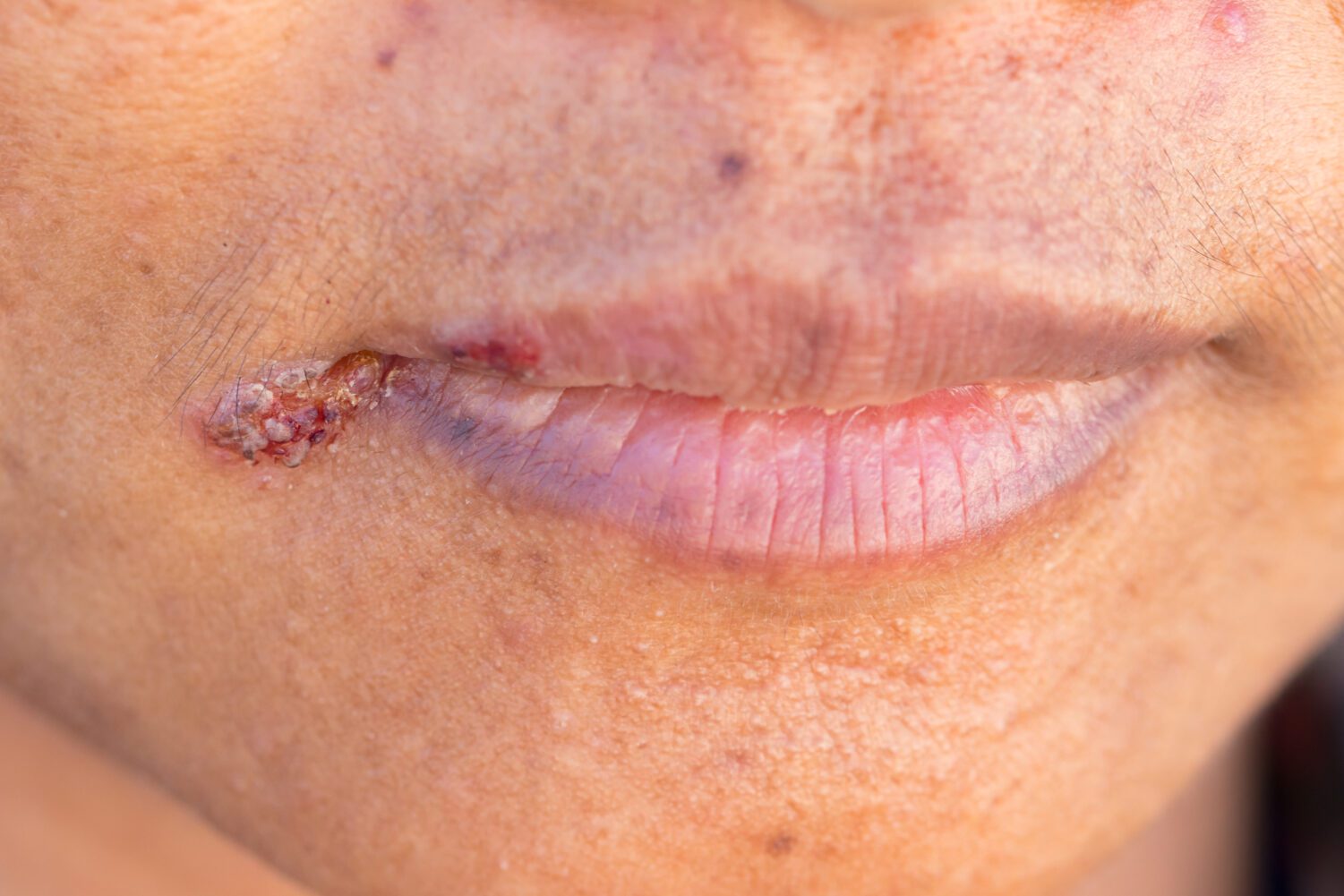
Ill-fitting or poorly maintained dentures can contribute to angular cheilitis. Friction and irritation from dentures can cause trauma to the corners of the mouth, making them more susceptible to infection. Additionally, the presence of a foreign object like dentures can trap moisture, creating an optimal breeding ground for microbes.
Environmental factors, such as extreme weather conditions, can exacerbate angular cheilitis. Exposure to harsh weather, especially cold and windy climates, can lead to dry and chapped lips. The combination of dryness and environmental factors can compromise the skin’s natural barrier, facilitating the entry of microbes.
If you have a compromised immune system, either due to underlying health conditions or medication, you are at a higher risk of developing angular cheilitis. A weakened immune system may struggle to effectively combat microbial invaders, allowing infections to take hold more easily.
Allergies and Sensitivities: Allergic reactions to certain substances, such as toothpaste, lip balms, or food items, can trigger angular cheilitis. Identifying and avoiding allergens can be crucial in preventing the condition from returning.
If you’re suffering from minor angular cheilitis, symptoms can often go undetected. Here’s how you can identify the early stage of this condition:
Mild angular cheilitis is the phase when the condition becomes noticeable. At this point, you can address the issue by using lip balm.
Noticeable pain in one or both sides of your mouth while eating or opening the mouth wide
In cases of severe angular cheilitis, you will notice symptoms that go beyond ordinary chapping. At this advanced stage, lip balm and topical ointments may prove ineffective. Various symptoms may manifest, indicating the heightened severity of the condition:
With its oxygen-enriched formula, blue®m can help treat oral health problems. Discover our recommended products.
Treating angular cheilitis involves addressing the underlying causes of the condition.
Firstly, maintaining proper oral hygiene is crucial; you should gently clean the affected area and ensure that saliva and moisture are not allowed to accumulate. Topical treatments, such as antifungal or antibacterial creams, can be applied to combat microbial infections.
Addressing nutritional deficiencies through dietary changes or supplements, particularly focusing on vitamins like B2 and B3, can contribute to the healing process.
In cases where dentures are involved, ensuring a proper fit and good denture hygiene is essential. If the condition persists or worsens, you should seek professional medical advice, which may include prescription medications or further investigation into underlying health issues.
There are alternative, body-friendly approaches to treating angular cheilitis. Here is a list of ten remedies for you to try:
Known for its high levels of active oxygen, blue®m Oral Gel aids in all stages of the wound healing process. It accelerates the recovery of cracked and dry lips and is especially effective for inflammation around dental implants (peri-implantitis).
Applying a slice of cucumber to the affected area or gently rubbing it can alleviate soreness.
Extract the juice from fresh neem leaves by crushing them and apply it to the affected area to eliminate infection-causing microorganisms.
With its natural antimicrobial properties, honey is effective in fighting infection-causing microorganisms. Apply honey to the affected area and leave it on for 15 minutes; this can also be used in conjunction with cucumber.
Staying hydrated is essential for treating angular cheilitis. Ensure you drink enough water to prevent chapped and dry lips, which can lead to cracks. Aim for 10-12 glasses of water daily to promote healing.
Use unscented and unflavoured lip balms like petroleum jelly or virgin coconut oil, free from chemical substances. Apply these natural treatments throughout the day and before bedtime.
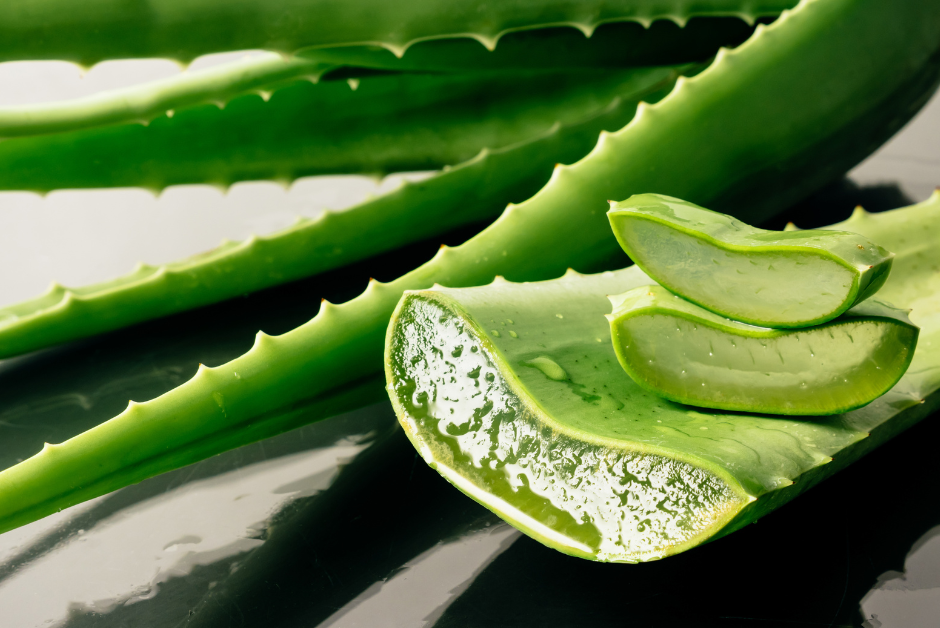
For pain relief, rubbing aloe vera on the cracked corners of the mouth can be beneficial. Refrigerate a leaf of aloe vera before application, rub it for a few minutes, and let it dry for 15-20 minutes before washing.
Create a mixture of 2 tablespoons of tea tree oil, 1 tablespoon of Vitamin E oil, and ½ tablespoon of petroleum jelly. Apply it to the cracked area multiple times a day to promote healing.
Treat angular cheilitis at home by applying lemon to the affected area.
Explore natural ointments available in the market. Consult with your pharmacist for more information on suitable options
Treating angular cheilitis with blue®m oral health products offers a unique and effective approach to alleviating discomfort.
blue®m Oral Gel, renowned for its high concentration of active oxygen, is a powerful remedy for this issue. The active oxygen content plays a pivotal role in all stages of the wound healing process, aiding in the rapid recovery of cracked and dry lips.
Touching or licking the affected area can exacerbate the problem, increasing discomfort. The irritated areas may develop cracks or peeling and may occasionally bleed. In certain instances, the dry and cracked skin can become susceptible to infection. Candida, a type of yeast, is a frequent culprit behind such infections, leading to sensations of itching or burning in the area.
Typically, the condition improves about two weeks after starting treatment. However, if left untreated, severe angular cheilitis may lead to scarring or the development of weak, thin skin. Additionally, angular cheilitis can recur even after treatment. For some individuals, the condition persists chronically, becoming an ongoing issue.
Dehydration can cause Angular Cheilitis. Insufficient fluid intake can manifest in the mouth as dry and cracked corners.

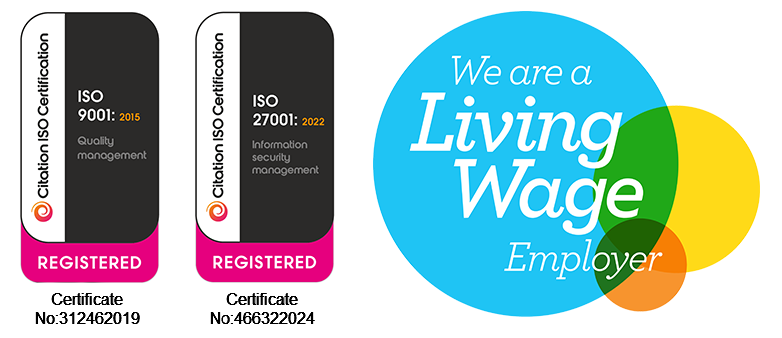
All orders are handled and dispatched by Swallow Dental Supplies Ltd.
